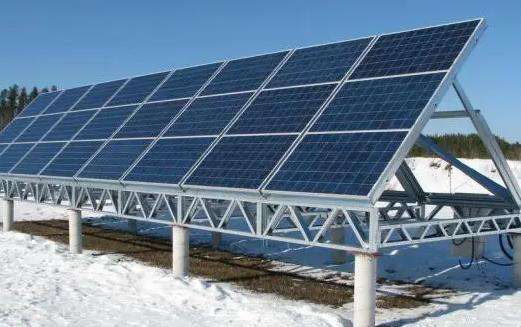Category: Education/Science>>Science and Technology>>Technology and Engineering Science
Problem Description:
I want to install a set of 5 radiators, changed to electric. Remove all the pipes, leaving only 5 radiators connected, then install a water heater (U-shaped, the kind you insert into a kettle to boil water) at the bottom of the radiator. What I want to ask is: power. of this water heater How many watts should you use?
Analysis:
Each radiator has technical parameters. You can know the power when the average supply and return water temperature is 82.5 degrees. Use it* 5. I think this is the answer you want. It should be noted:
1. Water will expand when heated
2. Overheat protection is required
3. You can design it with an ambient temperature sensorte and a water temperature sensor to automatically regulate the temperature
1. Find the air bleed valve
Different types of radiator valves are in different positions, some are on the top of the radiator, and some are on the side of the radiator, find the bleed valve according to the condition of your home radiator, and use a flat-blade screwdriver to loosen it.
2. Prepare tools to retain water
Let me tell you a little trick. You can use a basin to hold the water or you can use a bottle of finished mineral water. just use a mineral water bottle, just make an opening in the mineral water bottle facing the exhaust valve.
3. Water drain tool
The water drain tool depends on the type of exhaust valve. Common exhaust valves are basically flat mouth, youso you can use a flathead screwdriver to align the exhaust. Valve. The valve is then unscrewed and the gas will be released. When the gas is discharged, the water will be discharged.
4. The order of air deflation
Please note that when releasing the water from the radiator, the main purpose is to deflate the air first only when the gas in the radiator is exhausted. Can the water be drained, and the water can only be drained as soon as the water is drained from the radiator. No need to keep draining water.














